Introduction
Stir-Fried Cumin Lamb, or Xiang Cong Yang Rou in Mandarin, is a dish that embodies the bold flavors and culinary craftsmanship of Northwest Chinese cuisine. Rooted in the traditions of Xinjiang and Gansu provinces, this recipe combines tender lamb, aromatic spices, and fresh vegetables into a symphony of textures and tastes. The dish’s name itself hints at its essence: xiang (fragrant) and cong (scallion) merge with yang rou (lamb meat), while cumin—the star ingredient—adds an earthy, smoky depth that lingers on the palate.
What sets this dish apart is its balance of simplicity and complexity. Though the ingredients are straightforward, the technique demands precision. The lamb must be sliced thinly against the grain to ensure tenderness, marinated to perfection, and stir-fried at high heat to lock in juices. Cumin seeds, toasted until fragrant, release their nutty aroma, while a medley of garlic, ginger, and chili peppers adds layers of flavor. The result is a dish that is both comforting and exhilarating, equally at home in a bustling night market stall or a family dinner table.
This article will guide you through every step of creating Stir-Fried Cumin Lamb, from selecting the finest ingredients to mastering the stir-fry technique. We’ll explore the science behind marinating, the nuances of spice ratios, and the secrets to achieving that coveted sear on the lamb. Whether you’re a seasoned home cook or a curious novice, this recipe promises to elevate your understanding of Chinese cuisine and delight your taste buds.
Ingredients: Building Blocks of Flavor
Creating authentic Stir-Fried Cumin Lamb begins with sourcing quality ingredients. Here’s a detailed breakdown of what you’ll need:
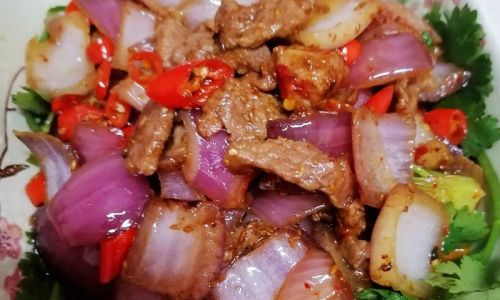
-
Lamb (450–500 grams)
- Opt for lamb leg or shoulder, known for their marbling and tenderness. Avoid lean cuts, as they may become dry during cooking.
- Slice the meat into thin, bite-sized pieces (2–3 mm thick) against the grain to prevent chewiness.
-
Marinade
- 1 tablespoon light soy sauce (for umami)
- 1 teaspoon dark soy sauce (for color)
- 1 tablespoon Chinese rice wine (or dry sherry)
- 1 teaspoon baking soda (optional, for tenderizing)
- 1 tablespoon cornstarch (to lock in moisture)
- 1 tablespoon vegetable oil (to prevent sticking during stir-frying)
-
Aromatics and Spices
- 2 tablespoons cumin seeds (toast and lightly crush for maximum flavor)
- 4 garlic cloves, minced
- 1-inch ginger, grated
- 2–3 dried red chilies (or 1 teaspoon chili flakes, adjust to taste)
- 1 large onion, thinly sliced
- 1 bell pepper (any color), julienned
- 3–4 scallions, cut into 2-inch segments
- 1 teaspoon Sichuan peppercorns (optional, for a numbing heat)
-
Sauce Base
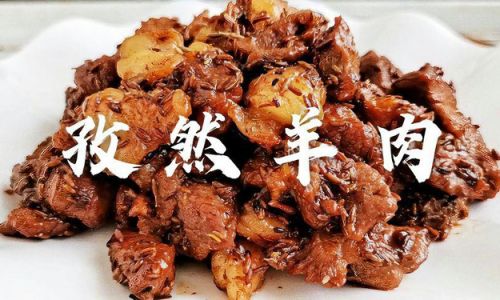
- 1 tablespoon oyster sauce
- 1 teaspoon sugar
- 1/2 teaspoon white pepper
- 1/4 cup chicken broth (or water)
-
Final Touches
- 1 tablespoon sesame oil
- Fresh cilantro leaves (for garnish)
- Toasted sesame seeds (optional)
Step-by-Step Preparation: Technique Meets Tradition
Marinating the Lamb
The marinade serves dual purposes: tenderizing the meat and infusing it with foundational flavors. In a mixing bowl, combine the lamb slices with light soy sauce, dark soy sauce, rice wine, baking soda (if using), and cornstarch. Massage the mixture gently into the meat for 2–3 minutes, ensuring each slice is coated. Drizzle with vegetable oil to seal in the marinade, then cover and refrigerate for at least 30 minutes (or up to 4 hours).
Why This Works: Baking soda raises the meat’s pH, breaking down tough proteins, while cornstarch creates a protective coating that seals in juices during cooking.

Toasting and Crushing Cumin Seeds
Heat a dry skillet over medium-low heat. Add cumin seeds and toast for 2–3 minutes, shaking the pan frequently, until fragrant and slightly darkened. Transfer to a mortar and pestle (or a zip-top bag) and crush coarsely. Toasting enhances the cumin’s aromatic oils, while crushing releases its essence without reducing it to powder.
Preparing Aromatics and Vegetables
Julienne the onion and bell pepper into uniform strips for even cooking. Mince garlic and ginger finely to ensure they melt into the dish. Slice scallions diagonally into 2-inch segments, reserving the green parts for garnish.
Mastering the Stir-Fry
Stir-frying is a high-heat, rapid-cooking technique that demands attention to timing and heat control. Here’s how to execute it flawlessly:
- Heat the Wok: Preheat a carbon-steel wok or large skillet over high heat until smoking. Add 2–3 tablespoons of vegetable oil and swirl to coat.
- Sear the Lamb: Add the marinated lamb in a single layer, spreading it out to ensure direct contact with the wok. Let it sear undisturbed for 1 minute to develop a golden crust. Stir-fry for 2–3 minutes until nearly cooked through, then transfer to a plate.
- Sauté Aromatics: Reduce heat to medium. Add Sichuan peppercorns (if using) and toast for 30 seconds. Stir in garlic, ginger, and dried chilies, sautéing until fragrant (30–45 seconds).
- Vegetable Medley: Increase heat to high. Toss in onions and bell peppers, stir-frying for 2 minutes until slightly softened but still crisp.
- Reunite the Lamb: Return the lamb to the wok. Add the crushed cumin seeds, oyster sauce, sugar, white pepper, and chicken broth. Toss vigorously to coat, cooking for 1–2 minutes until the sauce thickens.
- Final Flourish: Drizzle with sesame oil and fold in scallion segments. Remove from heat immediately to prevent overcooking.
Serving and Presentation
Transfer the dish to a serving platter and garnish with fresh cilantro and toasted sesame seeds. Serve hot with steamed jasmine rice, hand-pulled noodles, or Chinese flatbread (laobing). The interplay of tender lamb, crisp vegetables, and toasted spices makes this dish a standalone star, though it pairs beautifully with a side of pickled vegetables or a crisp cucumber salad.
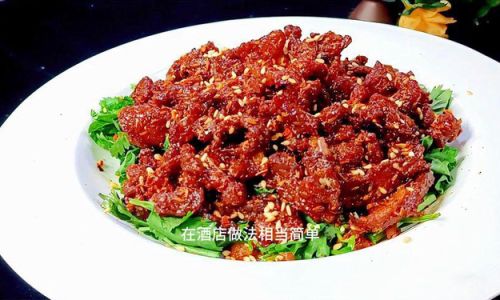
Tips for Perfecting Stir-Fried Cumin Lamb
- Lamb Selection: If lamb is unavailable, substitute with beef flank steak or chicken thighs. Adjust cooking times accordingly.
- Spice Control: For mild heat, remove the seeds from dried chilies before adding. For extra smokiness, toast cumin seeds in the wok before removing them for crushing.
- Texture Tricks: Overcooking lamb will render it tough; stir-fry just until the meat is no longer pink. The residual heat will finish cooking it.
- Gluten-Free Option: Use tamari instead of soy sauce and ensure your oyster sauce is gluten-free.
- Leftovers: Store in an airtight container for up to 3 days. Reheat gently in a skillet to maintain texture.
Cultural Context and Variations
Stir-Fried Cumin Lamb is a testament to the Silk Road’s culinary legacy, where spices from Central Asia merged with Chinese techniques. In Xinjiang, the dish often features more robust spices like fennel and caraway, while in Gansu, chefs might add a splash of black vinegar for acidity.
Vegetarian Adaptation: Replace lamb with seitan or oyster mushrooms. Marinate as usual and stir-fry with an extra teaspoon of smoked paprika for depth.
Low-Carb Version: Serve over cauliflower rice or shredded lettuce cups.
Spicy Cumin Lamb Noodles: Toss cooked noodles with the stir-fry during the final minute of cooking for a hearty one-pot meal.
Health Benefits and Nutritional Notes
Lamb is rich in protein, iron, and vitamin B12, making this dish a nutritious powerhouse. Cumin, a digestive aid, aids in nutrient absorption and contains antioxidants. However, the dish’s sodium content can be high; mitigate this by using low-sodium soy sauce and reducing added salt.
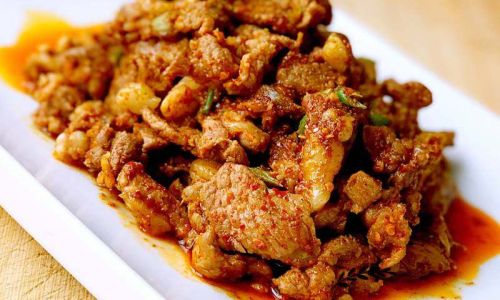
Troubleshooting Common Issues
- Tough Lamb: Overcooking or slicing with the grain. Always slice against the grain and monitor cooking time.
- Bland Flavor: Insufficient spice toasting or under-seasoning. Toast cumin until fragrant and adjust sauce ratios to taste.
- Soggy Vegetables: Overcrowding the wok. Stir-fry in batches if needed to maintain high heat.
- Burnt Spices: High heat during toasting. Use medium-low heat and stir constantly.
Conclusion: The Alchemy of Fire and Spice
Stir-Fried Cumin Lamb is more than a recipe—it’s a celebration of culinary alchemy. Each ingredient plays a role in creating harmony: the lamb’s richness balanced by cumin’s earthiness, the vegetables’ crunch contrasting the meat’s tenderness. Mastering this dish requires patience, precision, and a willingness to embrace the chaos of the wok.
Whether you’re cooking for a crowd or craving a taste of home, this recipe invites you to savor the journey as much as the destination. With practice, you’ll learn to adjust spices to your liking, experiment with vegetables, and even impart your own flair. So grab your wok, ignite the flame, and let the sizzle of cumin-scented lamb fill your kitchen—a testament to the timeless art of Chinese cooking.
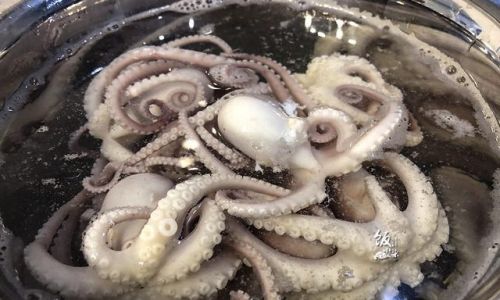
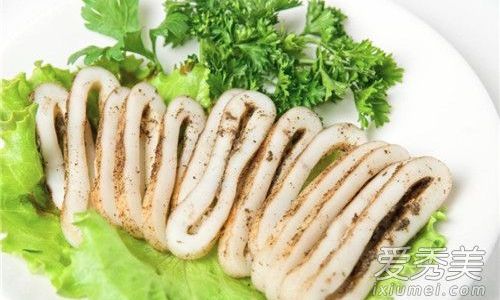
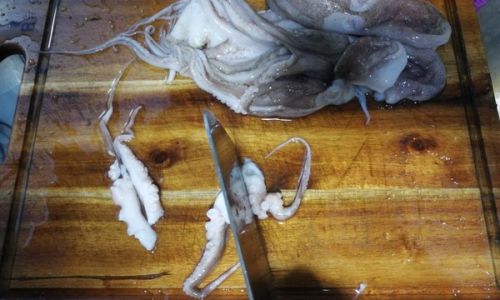
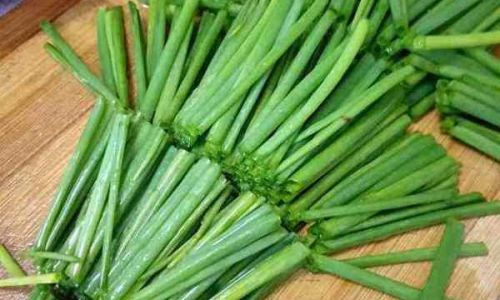
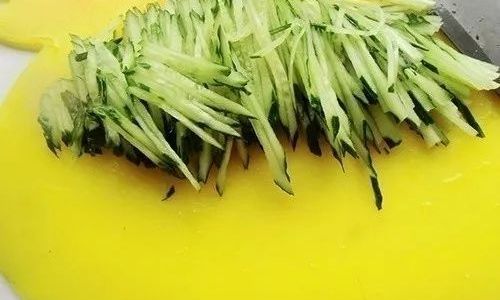
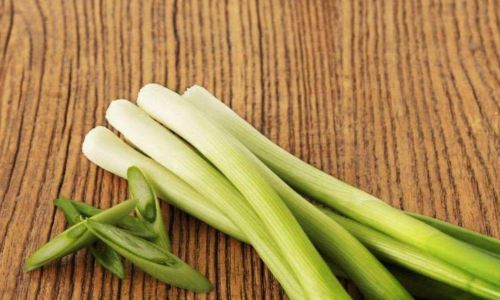
0 comments